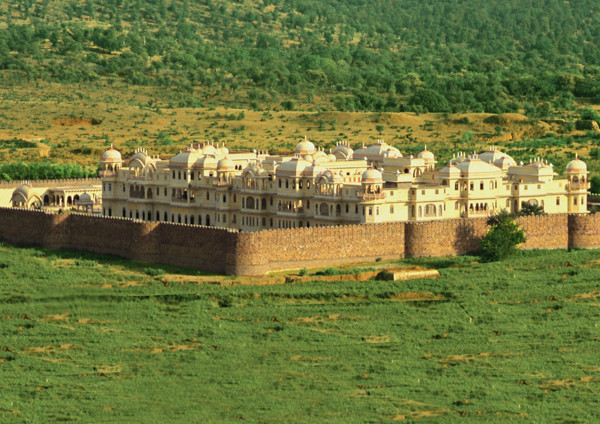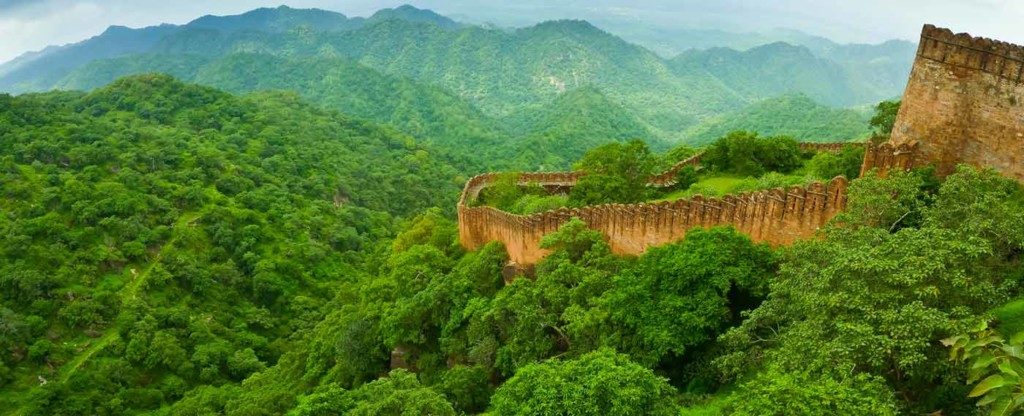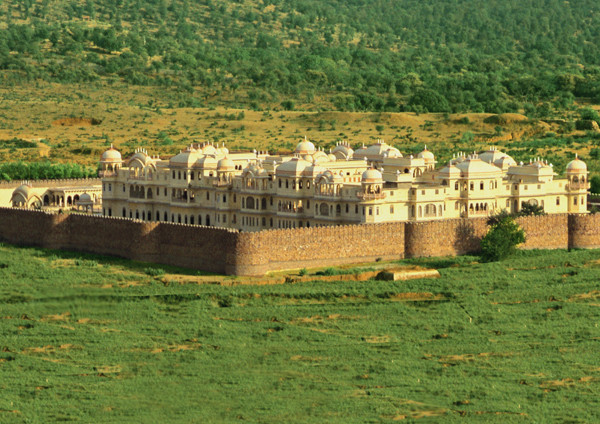Ranthambore Park, a chief tiger reserve today, once served to be the hunting grounds for the maharajas of Jaipur. Apart from tiger, Ranthambore wildlife boasts of its chital (spotted deer) and sambar (largest deer of India) population. Additionally, the reserves show offs a large sphere of rich and varied flora and fauna. An important feature of this park is that the Vindhaya plateau runs into the Aravali range here. It is hugged by the River Chambal on its South and River Banas in its North. Once you begin exploring this park, you will come across steep rocky hills, dry deciduous forest, lakes and rivers and open grassy meadows.

Safari rides inside the park are precisely regulated and the entry of private vehicles is restricted. A reservation for a safari ride has to be made in advance with the Forest Department. The chances of spotting a tiger are good, but plan about two or three safaris if you really want to see a tiger. Even if a tiger is not spotted, the ride through the park is worth for its scenic beauty alone. It is a rare chance to wander amidst such a huge region of virgin bush in India. Do not miss it! Ranthambore India tourism runs 3 hours safari trips every day.

You must capture the unique green patches in your camera while you are in the Ranthambore National Park. Bring along with you 400 or 800 ASA films, since the undergrowth in the park is very dense and dark in places. The prime time for finest photography is March and April, when the reserve is at its best. If you want real good pictures, opt for a jeep safari instead of canters. Keep some warm clothes along side, you may need them during a morning safari. Some jungle guides suggest that the park visitors must avoid wearing bright colors as they often tend to irritate the tiger. You must be well prepared for a jungle safari. Bring a mosquito repellent, a cap and a bottle of water, specifically in October and November.
During you Ranthambore National Park tour, savor the experience of staying in a tent house. There are some luxurious tent houses outside the reserve, which are equipped with all the necessary facilities. These tents have an over sized bed, dining table, attached bathrooms and dressing sections. Stay in them to experience raw base camping without any compromise on ease and comfort.
The Ranthambore National Park remains open for tourists from the first week of October until the end of June. November to February is best time for visitors who find it difficult to deal with high temperature. For more info about Rajasthan Tour Visit us.
Attraction in Ranthambore
Ranthambore National Park
Rajasthan wildlife tour
Ranthambore Camps Tent Stay
